ISSN ONLINE(2319-8753)PRINT(2347-6710)
ISSN ONLINE(2319-8753)PRINT(2347-6710)
Pramila N Tantubay 1, Shrikrishna D Patil2, Shripad V Kulkarni3
|
| Related article at Pubmed, Scholar Google |
Visit for more related articles at International Journal of Innovative Research in Science, Engineering and Technology
In recent years there is explosive growth towards wireless broadband technologies which accelerating the need to design an efficient “last mile” access network in a cost-effective manner. Wireless Mesh Network (WMN) is emerging as promising technology for many useful applications. Over the past decade the size, cost and power requirements of radios has declined, enabling multiple radios to be contained within a single mesh node, thus allowing for greater modularity each can handle multiple frequency bands and support a variety of functions as needed such as client access, packet forwarding and scanning with minimum relays between nodes in wireless network. In order to making cost –efficient network different routing protocols are proposed. In this paper after analysing the different methodologies we use improved methodology that will not only find the shortest path but also making an efficient network by minimizing the delay from source to destination nodes in wireless network.
Keywords |
| Wireless Mesh Network, Capacity Assignment, Strategic Forwarding Scheme (SFS), proposed methodology. |
INTRODUCTION |
| In past decade there is a huge development in the field of broadband access network and technologies due to continuously increase in number of users towards internet facility which can gives a better platform to users to access internet in anytime-anywhere flexible manner. The broadband services basically require a higher bandwidth, better flexibility with lower cost access network to users. Recently, Wireless Mesh Network is a promising developing technology in broadband network. |
| A WMN is a communications network construct by radio nodes and forms a mesh topology. Wireless mesh networks often consist of mesh clients, mesh routers and gateways for establishing a communication between nodes in the network. The mesh clients are usually have one wireless interface like laptops, desktop/PC, mobile phones and other wireless devices while through the routers traffic can forward from one router to another as well as to the gateways. Wireless mesh network is reliable and offers more redundancy. When one node cannot able to communicate in the network, the rest of the nodes can still works and communicate with each other, directly or through one or more intermediate nodes. Wireless mesh networks having a self-healing property, if due to any interference node cannot operates with others than it can reroute their traffic to the available and working node. Self-healing property of WMN segment allows a routing-based network to operate in the network, when a node falls down or when a connection becomes unreliable than also nodes can communicate. As a result, the network is typically quite reliable, as there is always more than one path between a source and a destination is present in the network. Given figure shows connection between intermediate nodes with routers and gateways in the working wireless network in wired as well as wireless link. Here in the figure we can see that nodes were having a wireless connection between them and with mesh routers/Gateways also as well as wired connection to the internet backbone. This internet backbone is a wired connection with their components which consider as back-end of the network. |
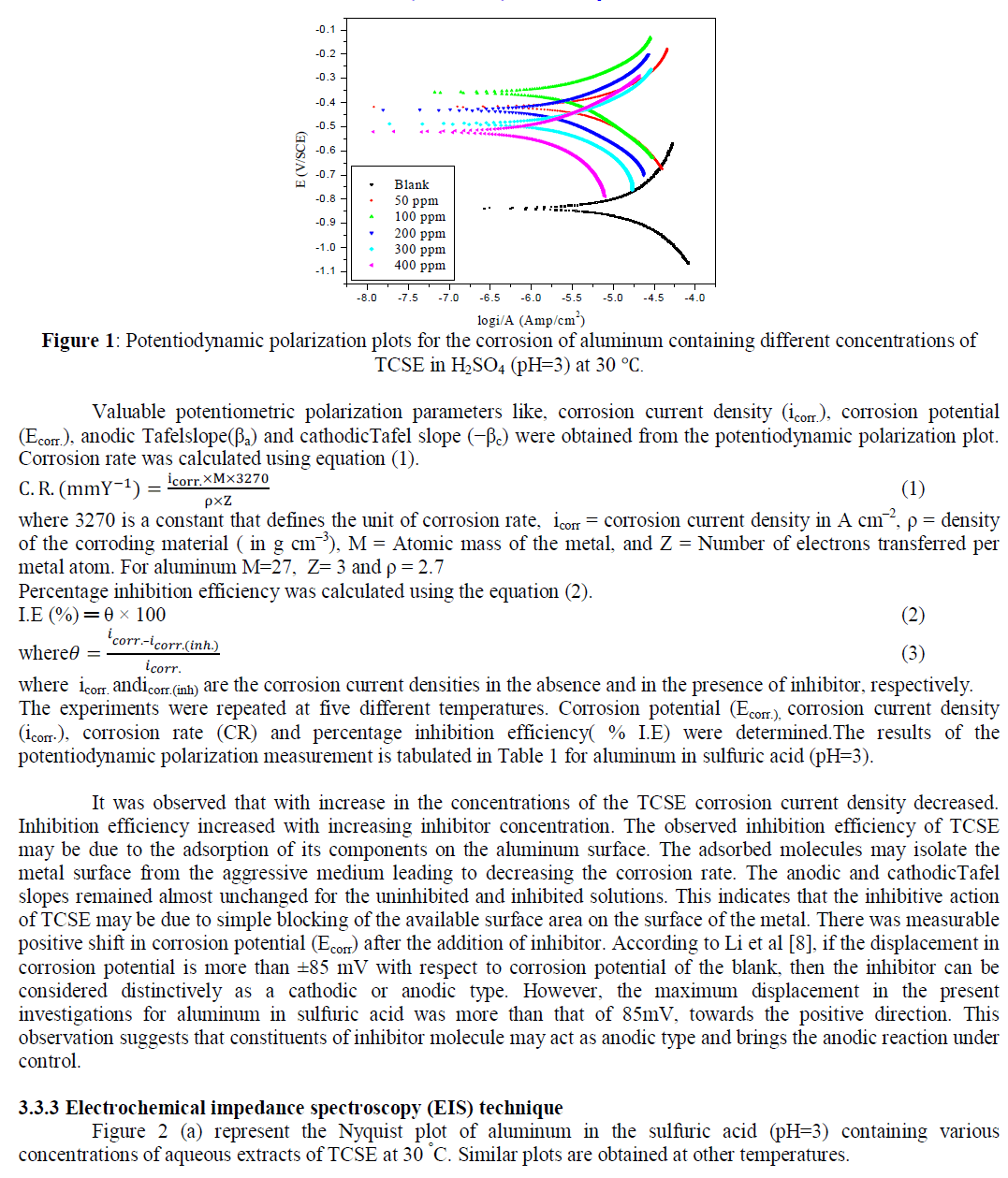 |
| This paper is composed of V sections they are organized as follow. Section II is comprised with Related Work. Section III presents Problem statement which occurs in wireless end user of the network due to highly congested network between users. Section IV describes proposed methodology with improvisation in capacity and throughput by reducing delay. Section V presents Conclusion. |
II. RELATED WORK |
| Due to the high demand for communication in flexible manner with guarantee of Qos, next generation technologies have emerged with their easy deployment, low-cost and versatility functionalities. Wireless mesh networks has been developed as a solution that offers extended network coverage over multi-hop communication. Nowadays for user’s satisfaction and fulfilling their wants in usage of broadband access we need an efficient routing protocol. |
| More research work done by Sarkar et al. [3] in wireless front end about the characteristics of Delay-Aware Routing Algorithm (DARA), which can minimizes the average packet delay by periodically prediction of wireless link state of nodes. DARA algorithm is much more reliable than traditional approaches such as minimum-hop routing algorithm (MHRA) and shortest-path routing algorithm (SPRA) in terms of better load balancing and less congestion in available network. Moreover, the modified work is proposed in [4] where focused on link-activation framework for obtaining a better performance in throughput and less delay in a wired backhaul by scheduling packets. Also the comparison between traditional approaches with Weighted Fair Queuing (WFQ) and Co-ordinated Earliest Deadline First (CEDF) are done and shows data packet delays for wire line scheduler in implementation over multi-hop network. Different simulation parameter and results are shown and finding the low delays in routing using framework wire line topology. In [5] admission control schemes for a multi-hop wireless network for packets with necessary QoS requirements of the wireless network are proposed by author, where based on the location and users demands service provider must established a proper connection between all the users to internet gateways in topology. By scheduling and routing framework there are two approaches for admission control are either accept subset of the requested connections while guaranteeing the specified rates and delays, or we can admit all the connections while scaling down their rates and/or increasing their delay tolerances in network. |
| In [6], the T. Liu and W. Liao designed a demand Capacity Aware Routing (CAR) protocol which create/find a paths to makes use of Bottleneck Link Capacity (BLC) in wireless networks similar to the link metric [7] by assuming a Carrier Sense Multiple Access (CSMA) based Media Access Control (MAC) protocol. In [8] the authors present a improved work on CAR by presenting a new metric in a multi-radio, multi-hop WMN for routing. In this method the new metric assigns weights to individual links based on the Expected Transmission Time (ETT) of a packet. Then by the metric weights a high-throughput path between the source and the destination are chosen. An interference-aware routing metric iAWARE is proposed for a multi-radio WMN [9], iAWARE also aids in finding paths that are better in terms of reduced inter-low and intra-low interference in available wireless networks. |
III. PROBLEM STATEMENT |
| Wireless mesh architecture is a first step towards providing cost effective and dynamic high-bandwidth networks over a specific coverage area. Today’s facing challenge in the Wireless Mesh Network is in delay and capacity limitation, which is a major concern of the network. We proposed the methodology for evaluating the performance of wireless network between source to destination nodes with superlative routing method. Our objective is to achieve better capacity assignment with best path for traffic in the network and less delay on link, while keeping packet delay under certain threshold because generally it is difficult to achieve high throughput and low packet delay simultaneously. Generally we need communicating nodes in a network in such a way that it can support Internet traffic as well as P2P traffic from both the ends with reduced end-to-end delay [2]. In this paper we are trying to obtain a better performance in WMN in terms of increased throughput with reduction in delay and deployment cost of the network. So we can achieve a better and cost efficient network towards our rising technology. |
IV. PROPOSED METHODOLOGY FOR EFFICIENT ROUTING |
| The favourable solution and better performance of our proposed methodology for achieving high capacity throughput with minimum delay in WMN are take attention in more research purpose. In the network due to the limited transmission range at each node, a source and destination may communicate through a chain of intermediate nodes. Intermediate nodes not only boost the signal, but cooperatively pass data from one node to another by making forwarding decisions based on their knowledge of the network, i.e. perform routing for making better efficient network, high bandwidth with wide coverage area. For establishing a communication between the nodes i.e. upstream and downstream communication (to the internet and from the internet respectively) packets travels from source to destination in the WMN and to the end users. As a packet may need to travel several hops through the WMN, delay in the access network can be significant [2]. Moreover, some links in the WMN may be over-utilized and others may be under-utilized due to inefficient routing. If the transmission capacity of a wireless node (i.e. its radio) is not properly distributed among its transmission links, the link delays may become high. Thus, capacity assignment and packet delay are important factors to consider for communication between the wireless nodes. We proposed a superlative and adequate method that routes traffic in WMN to reduce the average packets delay by using optimal, efficient routing and capacity assignment on the links. |
i. PROPOSED METHODOLOGY FOR IMPROVING CAPACITY AND MINIMIZE DELAY |
| Proposing a dynamic routing method for wireless segment which can reduce the network delay by assigning the radio capacities and link weights based on link states between the wireless nodes (routers). Two wireless nodes have a link between them if their distance is less than their respective transmission range. Each node having one radio, so radio capacity needs to be distributed among outgoing links according to the Link State Advertisement (LSA). Each node shows the states of its all outgoing and incoming links using LSA. In broadband network and traditional WMNs, the traffic from users to the Internet will always be routed to the nearest gateway of the user through the wireless shortest path, and the peer-to-peer communication within the wireless segment in WMN will be through the shortest path between users. This is what we called the Strategic Forwarding Scheme (SFS) for networks. Based on LSA, capacity and delay is analysis from the links and this information helps SFS to find the shortest paths between the wireless nodes and gateways. |
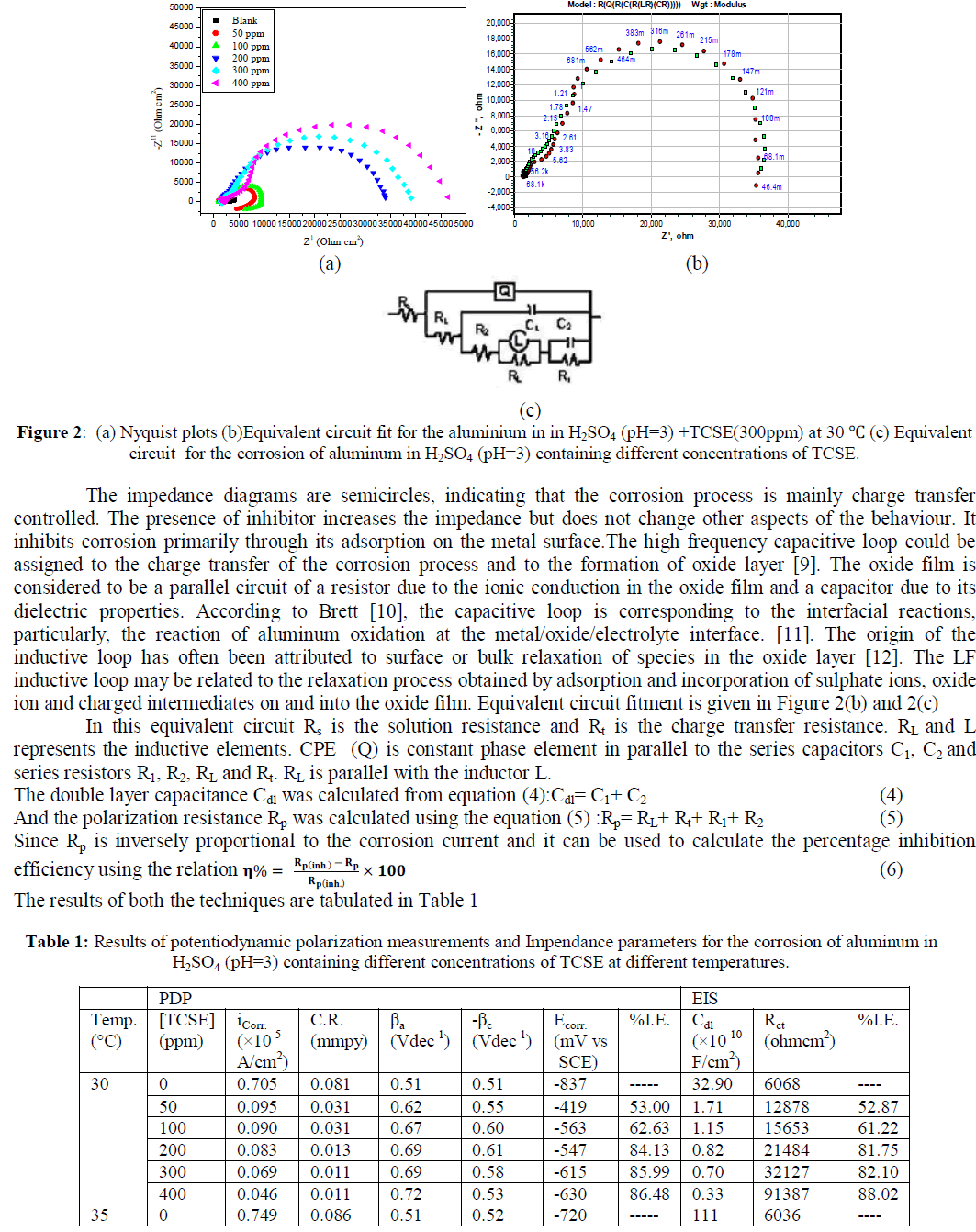 |
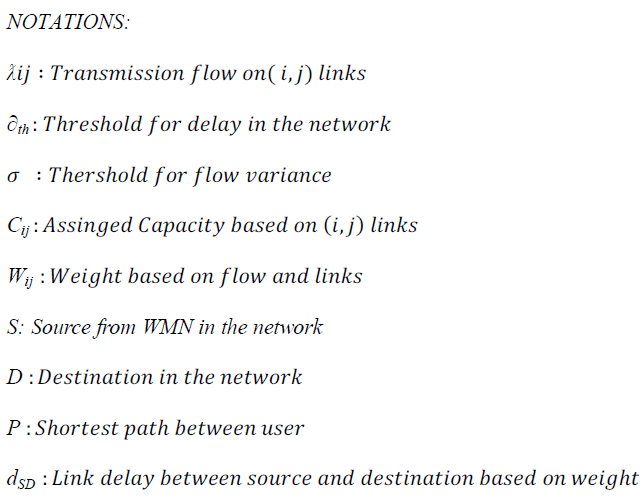 |
ii. ASSIGNMENT OF CAPACITY AND EXAMINE DELAY ON LINKS |
| There are many techniques are developed in telecom network for assigning the different parameters to the forwarded packets such as radio capacity, time slot, delay in time slots while traffic routed from destination to source client. Time division Multiple Access (TDMA) is widely used technique in channel access method in the shared medium network. This technique allows multiple nodes to share the same transmission medium (e.g. radio frequency channel) while using only a part of its channel capacity. Dynamic TDMA “packet scheduling” which reserves a number of different time slot in each data frame based on traffic demand of data stream. |
| Assign the different time slot duration in different link nodes for determining their assigned capacity on each link. To minimize delay, knowing the current flow on each link from LSA on nodes which should be properly distributed among the links based on their respective flows. From figure 1 we can see the transmission flows (Ãâ Ãâºij) on different node i.e. a, b, c, d, e, f. Hence, capacities on their links are termed as Cij based on node’s transmission flows. Moreover upstream and downstream traffic flows may be different or bidirectional. So link (c,e) and (e,c) are treated differently. Assignment of the link delay as weight corresponding links and finding the shortest path between sources to destination or we can say that to gateways from each node and vice versa this will help us to know about delay inspection in our proposed method. The total link delay in packet transmission between two nodes is equal to the sum of the delays on each link between those two nodes. |
iii. STRATEGIC FORWARDING SCHEME (SFS) |
| SFS is a lenient process for selecting the shortest path between the source clients to destination clients in the WMN of the network. In this method first starting radio (active node) broadcast “Packet Array” and timer start to note down their estimated time slot of the packet from S to D client. If the timer expire in between so radio at destination retransmit the data again, timer will estimate transmission time to transmit the packets to the closest node in the network which is based on the number of packet array and probabilities of transmission from each node. Each node which wants to take part in communication generates a “Radio Packet” – one radio per packet, assign the number to each radio and their relative packet which is to be send to destination client. Each packet having a list of radio number rather than IP address of the different node. Assigned radio number will receive only their assigned data packet from coming traffic; otherwise they can ignore that packet and send it for retransmission. This Radio Packet having all best available information about packet progress with their transmitted and received time. At last only few packets are remained as undelivered to the destination which is again retransmitted to the most reliable path/route in the network. SFS can transfer the large numbers of the data block. So that radio can find the alternative path for traffic routing, this is the self healing property of WMN. It is suitable for working in complex network with high efficiency and reduces the retransmission of packets. This proposed algorithm is help to improvised of CaDar an efficient routing methodology [2]. In our proposed algorithm which is shown below in flow chart, we are trying to improve the throughput, capacity and find the shortest path between sources to destination by SFS with minimum delay in network. |
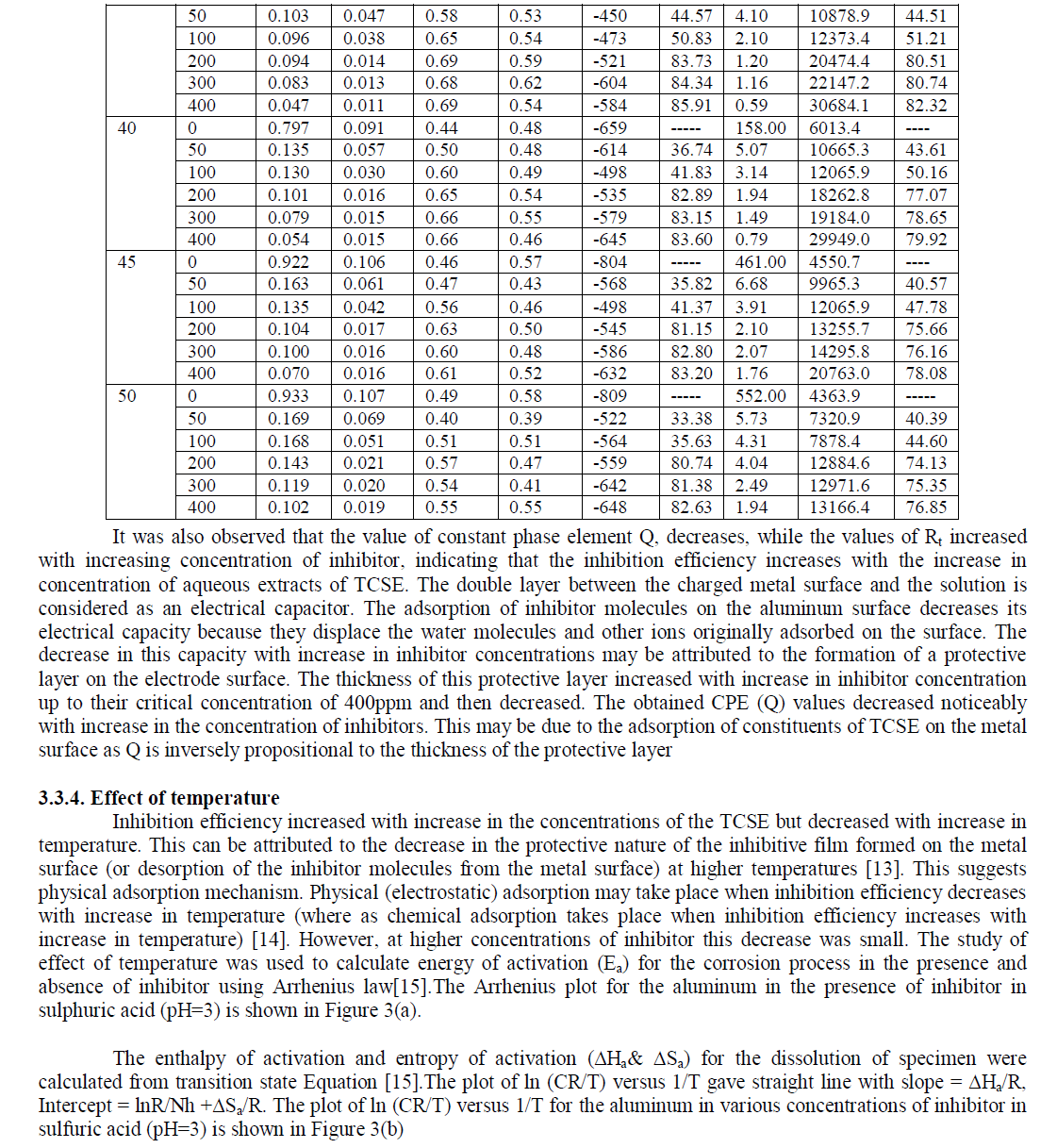 |
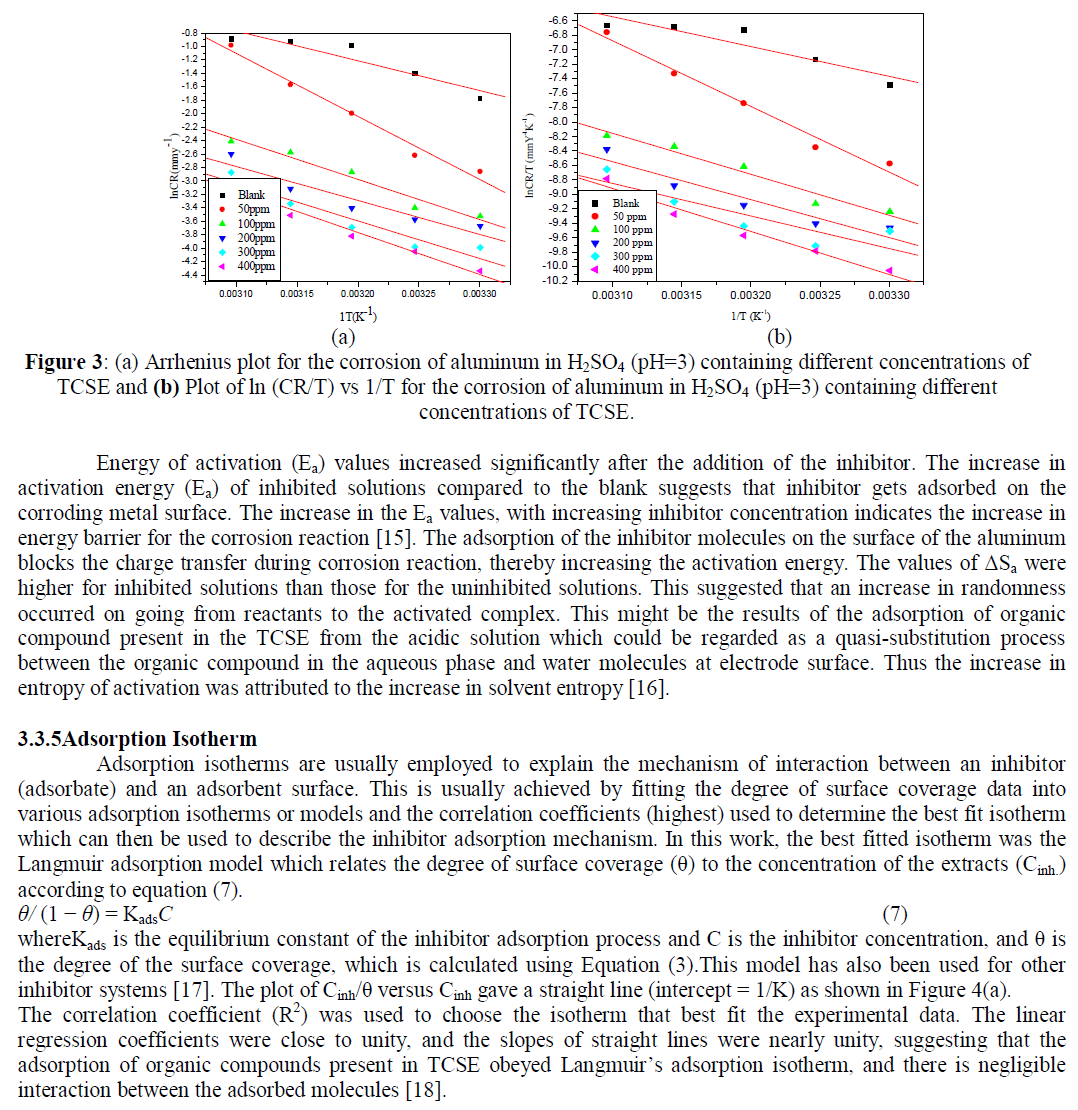 |
| Above figure shows the step by step procedure of proposed algorithm in flow chart manner. We initialized our algorithm by assigning the traffic based on transmission link of the nodes. We have to find all the available flows of the traffic in the network, so that we can get the suitable assigned capacity and delay from the different node based on LSA of transmission link. Also we can assign capacity as well as weights to packets from source to destination and find the shortest path between them. |
V. CONCLUSION |
| The main objective of new technologies is to provide best services to users with lower cost terms and appropriate usage of bandwidth with less interference in congested mesh. Main part is to be considering here is for making better network capacity with minimum delay, speed and in satisfactory flexibility in the network. We cannot predict exact number of users or traffic in a specific region of network. These may causes congestion and weaken the network in terms of efficiency. |
| Due to lower cost, easy network maintenance, and reliable coverage features WMN have received better attention for research work in these years. In Wireless Mesh Network, nodes acts as both hosts and routers, and packets forwarded in a multi-hop manner between the nodes for communication (to the routers or from the routers) connected to the Internet. The most focusing problem in WMN is the capacity degradation due to crowded web and delay maintenance between the nodes while forwarding the packets from source to destination clients. To overcome this problem, an effective methodology is introduced. Our main concern would be improving capacity, throughput and reducing the delay in wireless communication with shortest path from source to destination in the wireless segment (WMN). |
References |
|